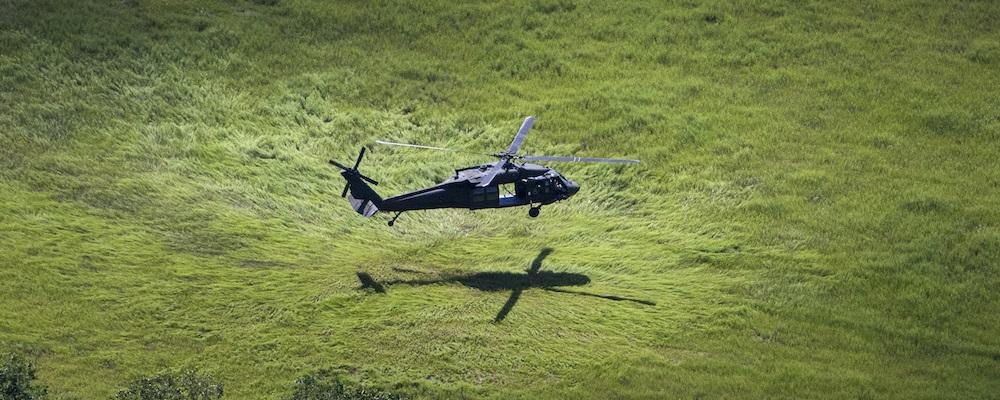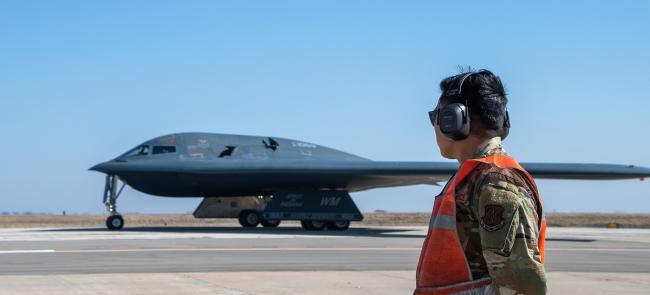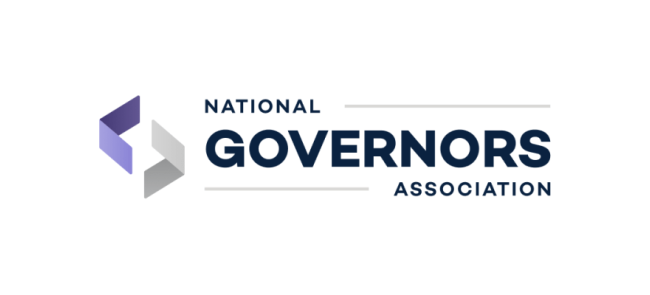
Senate Majority Leader Chuck Schumer, D-N.Y., has called for an investigation into the safety and resourcing of “vertical lift programs in the conventional forces of the Army and Air National Guards.”
The senator has asked the Government Accountability Office, the investigative arm of Congress, to launch the review in addition to the Army’s internal investigation, citing the “increased risk associated with vertical lift aircraft and frequency of crashes in National Guard units.”
In February, three members of the Idaho Army National Guard died after their UH-60 Black Hawk helicopter crashed in mountains near Boise, Idaho.
The crash was the third involving an Army Guard Black Hawk since December 2019. Nine Guardsmen have died in the accidents, including three members of the New York Army National Guard who crashed in a Black Hawk on Jan. 20.
The third crash involved a Minnesota Army Guard Black Hawk in December 2019.
Schumer’s call for an investigation follows a similar call to action by Sen. Kirsten Gillibrand, D-N.Y., who called for the Pentagon to investigate the “disturbing patterns of incidents involving the UH-60” which also includes an August 2020 crash that killed two members of the active-component’s 160th Special Operations Aviation Regiment at Fort Campbell, Kentucky, who were flying a MH-60, a variant of the Black Hawk.
Schumer cited the loss of New York Guardsmen as being among the reason for the new investigation.
“Our New York service members fight for us, and it’s time we fight for them in return; honoring their service and their lives must be our highest priority,” he said. “That’s why I’m calling for an immediate and thorough investigation into the safety of vertical lift aircraft used by the National Guard.”
Schumer said investigators must determine the cause of the accidents and push for “vital and lifesaving changes that must be implemented to ensure no soldier is lost in this way again.”
The senator is specifically asking the GAO, the federal government’s top auditing institution, to determine the average number of hours flown by Guard pilots and what extent they have received the required training, the trends in maintenance availability rates for Guard aircraft, and resources (flying hours, operation and maintenance funds) available to Guard units compared with their active-component counterparts.











